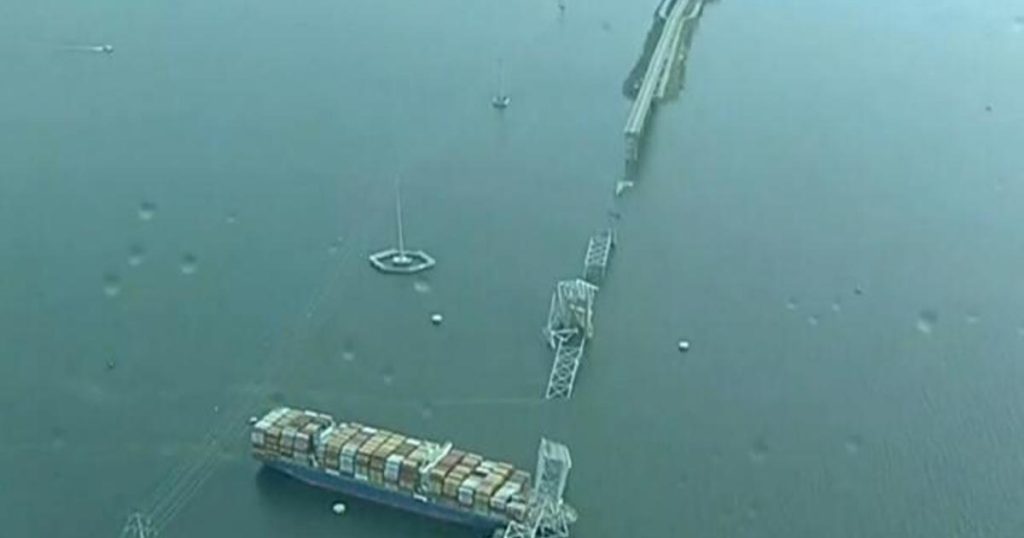The Francis Scott Key Bridge in Baltimore collapsed after a cargo ship struck one of its support columns. The incident raised questions about how such a collision could occur, prompting an investigation into the causes of the accident. Kris Van Cleave delves into the details of the crash to determine what went wrong and how it could have been prevented.
The Key Bridge collision was a catastrophic event that resulted in significant damage to the structure and created safety hazards for those in the vicinity. The cargo ship’s impact with the support column caused a portion of the bridge to collapse, leading to widespread disruption and traffic delays in the area. The aftermath of the collision highlighted the importance of ensuring the structural integrity of bridges and implementing measures to prevent similar accidents in the future.
The incident raised concerns about the safety protocols and regulations in place to prevent collisions between ships and bridges. The investigation into the Key Bridge collision focused on determining the factors that contributed to the accident, such as human error, technical malfunctions, or lack of communication. The findings of the investigation would likely lead to recommendations for improving safety procedures and preventing similar incidents from occurring in the future.
The Key Bridge collision serves as a reminder of the risks associated with maritime transportation and the potential consequences of accidents involving cargo ships and infrastructure. The incident drew attention to the need for increased vigilance and adherence to safety guidelines to prevent collisions and protect the integrity of critical infrastructure. The aftermath of the collision prompted a reassessment of safety measures and protocols to enhance the safety of maritime operations and minimize the risk of similar incidents in the future.
The Key Bridge collision sparked discussions about the importance of effective communication and coordination between maritime authorities, bridge operators, and shipping companies to prevent accidents and ensure the safe passage of vessels. The incident underscored the need for clear guidelines and protocols for navigating waterways and passing under bridges to minimize the risk of collisions and protect infrastructure. The lessons learned from the Key Bridge collision could lead to improvements in safety regulations and procedures to enhance the protection of critical infrastructure and prevent accidents in the future.
In conclusion, the Key Bridge collision was a tragic event that highlighted the need for enhanced safety measures and regulations to prevent accidents involving cargo ships and bridges. The investigation into the causes of the collision and the subsequent recommendations for improving safety procedures and protocols will likely lead to a reassessment of maritime safety practices and a renewed focus on preventing similar incidents in the future. The lessons learned from the Key Bridge collision will inform efforts to enhance the safety of maritime transportation and protect critical infrastructure from accidents and damage.


